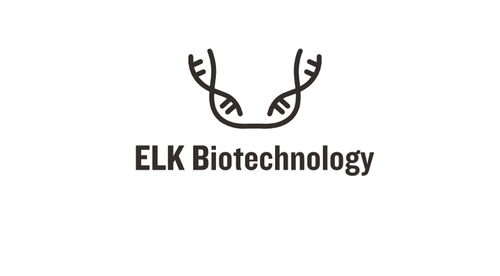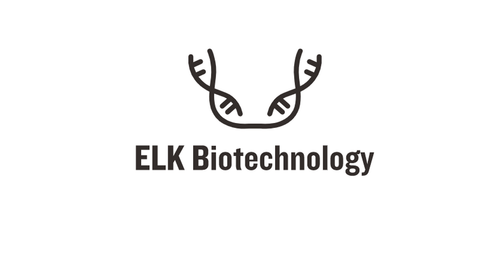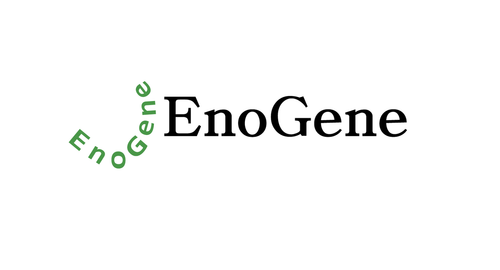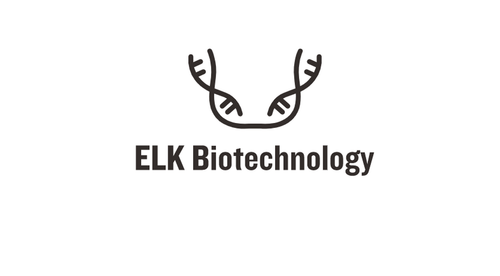Product Description
PKC ζ (P556) polyclonal Antibody | BS1579 | Bioworld
Host: Rabbit
Reactivity: Human,Mouse,Rat
Application: WB IHC IP IF
Application Range: WB: 1:500~1:1000 IHC/IF: 1:50~1:200 IP: 1:50~1:200
Background: Members of the protein kinase C (PKC) family play a key regulatory role in a variety of cellular functions including cell growth and differentiation, gene expression, hormone secretion and membrane function. PKCs were originally identified as serine/threonine protein kinases whose activity was dependent on calcium and phospholipids. Diacylglycerols (DAG) and tumor promoting phorbol esters bind to and activate PKC. PKCs can be subdivided into at least two major classes including conventional (c) PKC isoforms (α, βI, Βii and γ) and novel (n) PKC isoforms (δ, ε, ζ, η and θ) . Patterns of expression for each PKC isoform differs among tissues and PKC family members exhibit clear differences in their cofactor dependencies. For instance, the kinase activities of nPKC δ and ε are independent of Ca++. On the other hand, nPKC δ and ε, as well as all of the cPKC members, possess phorbol ester-binding activities and kinase activities
Storage & Stability: Store at 4°C short term. Aliquot and store at -20°C long term. Avoid freeze-thaw cycles.
Specificity: PKC ζ (P556) polyclonal Antibody detects endogenous levels of PKC ζ protein.
Molecular Weight: ~ 67, 78 kDa
Note: For research use only, not for use in diagnostic procedure.
Alternative Names: Protein kinase C zeta type; nPKC-zeta; PRKCZ; PKC2; PKC zeta
Immunogen: Synthetic peptide, corresponding to amino acids 520-570 of Human PKC ζ.
Conjugate: Unconjugated
Modification: Unmodification
Purification & Purity: The Antibody was affinity-purified from rabbit antiserum by affinity-chromatography using epitope-specific immunogen and the purity is > 95% (by SDS-PAGE) .
Pathway: Phosphoinosotode Signaling,Phospholipase Signaling,Protein Kinase C Signaling,Inhibition of Apoptosis,Insulin &Glucose Signaling,G Protein-coupled Receptors Signaling to MAPK Erk,Mitochondrial Control of Apoptosis,
 Euro
Euro
 USD
USD
 British Pound
British Pound
 NULL
NULL












